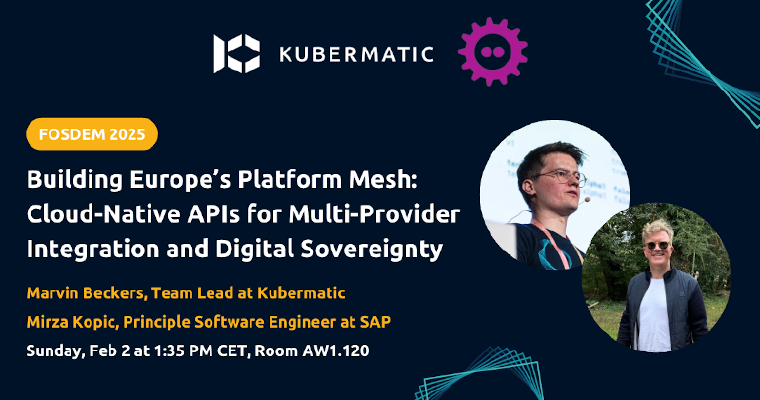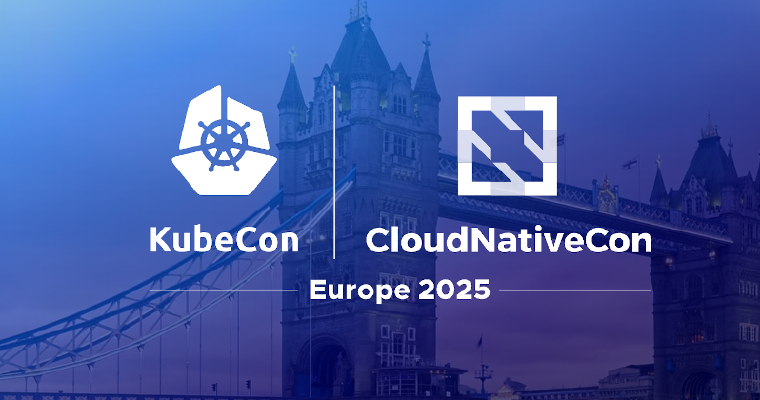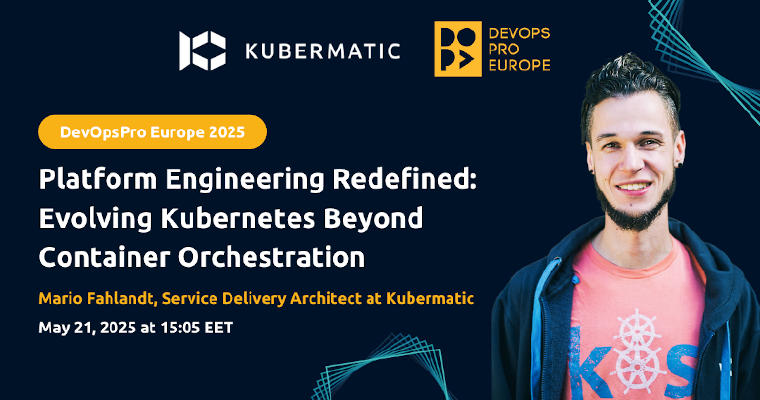Ensuring a Smooth Transition to a VMware Alternative
After acquiring VMware, Broadcom terminated all licenses and only offered a continuation of the leading virtualization software to a few customers beyond April 1, 2024. At the same time, the new owner significantly raised prices. However, many companies and public institutions rely on the previously dominant virtualization software. Cloud providers, in particular, whose business models rely heavily on VMware technology, are hit hard.
The Cloud Native ecosystem offers alternatives, enabling customers to leverage their existing hardware. By embracing an open-source strategy, businesses can replace significant components of the VMware infrastructure at lower costs.
This blog post elucidates how companies can surmount the challenges of modernization and develop an open-source-based solution.
How Can Companies Address the Challenges of Modernization and Build an Open-Source-Based Solution?
Typical vSphere setups often exhibit a strong dependence on traditional virtual machines. This stems from the rarity of true greenfield scenarios in established enterprises. While new projects may introduce elements of a greenfield environment, they often rely on the company’s existing infrastructure.
Especially in enterprise IT, the primary objective is to support the business goals, with IT serving as both a cost center and an enabler.
IT departments face numerous challenges, including the departure of staff who have developed critical software. This poses the risk of poorly maintained or neglected software.
These factors contribute to a significant challenge for IT departments: about 70% of the IT budget is allocated to maintaining existing systems, leaving only 30% for innovation or differentiation. Therefore, the focus should shift towards striking a new balance between maintenance and innovation efforts. Strategies include reducing vendor lock-in by adopting industry-standard practices like agile methods such as DevOps or cloud technologies and minimizing or managing technical debt.
To achieve this, modernizing the technology stack is essential. When infrastructure changes are necessary, it’s an opportune time not only to switch hypervisors but also to reassess the strategy and modernize the application landscape.
To modernize an application portfolio, there are three main strategies:
1. VM Migration
VM migration is the simplest and fastest option. Older applications remain intact, while a new hypervisor enables new features. Often, VMs can be imported from an existing hypervisor, creating new integration points between older and newer layers.
Implementing VM migration can be done with a Kubernetes management platform. The starting point is usually monolithic applications that are difficult to change without destroying functionality. Using a feature like Open Source & Enablement, integrations can be leveraged to expose data and functions with an open-source stack. Cloud Native Enablement allows activation on Kubevirt to achieve the goal of running VMs with Kubevirt alongside containers on the Kubernetes management platform.
2. Lift and Shift
Lift & Shift moves applications more towards a cloud-native approach. Existing components are containerized, making them usable on any CaaS platform, whether on-premises or in the cloud. Retaining external integrations and data in older applications would be possible. However, these so-called legacy applications must be well-written and optimally adapted.
Implementing Lift & Shift modernization with a Kubernetes management platform would look like this: From non-open-source-based middleware applications, migration to an open-source stack is facilitated through Open Source & Enablement. Cloud Native Enablement allows activation on the Kubernetes management platform, enabling applications to be modernized on API and microservices cloud architecture in the form of containers.
3. Complete Architecture Review and Redesign
The most comprehensive option involves overhauling the existing infrastructure. Not only is the technology stack modernized, but platform-as-a-service (PaaS) and various software-as-a-service (SaaS) solutions are also leveraged to create a more resilient, easier-to-maintain, and potentially more cost-effective IT environment.
Implementing Complete Refactoring with Kubermatic:
Starting from monoliths or applications on non-open-source middleware slated for retirement, Open Source & Enablement maps the capabilities of the architecture and design of the old system onto the new architecture. With Cloud Native Enablement, practical experience with Kubermatic’s modern container platform can be gained during setup and training. This enables the creation of a new suite of applications on modern cloud-native infrastructure.
Migration to Cloud Native and Open Source
It is time to regain control of one’s own infrastructure. Migrating to cloud-native and open-source products is viable and offers numerous advantages for companies to leverage their existing infrastructure further. A Kubernetes management platform makes it easier to leave the Broadcom ecosystem and reshape the infrastructure with a cloud-native and open-source approach to future-proof it.
Having trouble finding the right Kubernetes solution for you? Explore various options and pathways for VMware migration with us: https://www.kubermatic.com/info/vmware-alternative/






